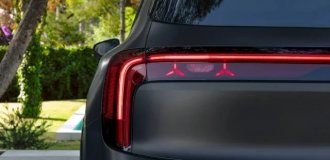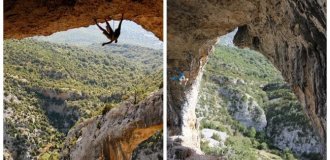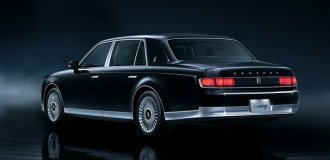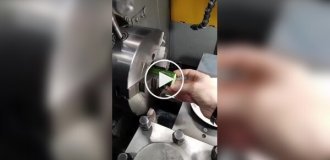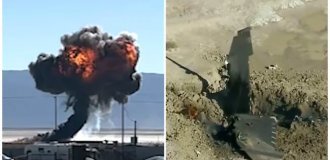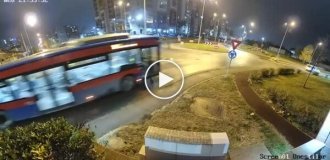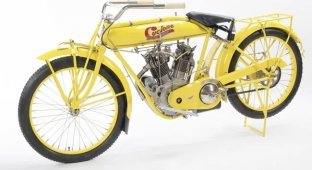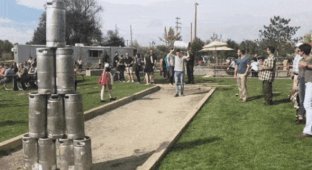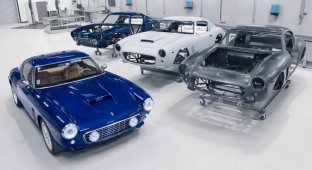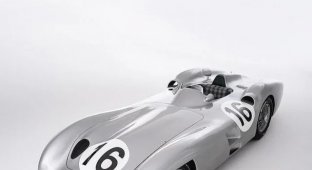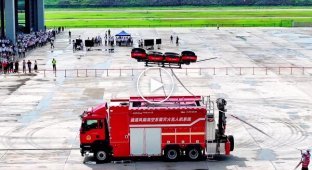Half-track all-terrain vehicle "Kettenkrad HK 101" (5 photos)
Even as a child I saw this motorcycle in old wartime photos and wondered – how does it even turn? After all, in many photos you could see that the front wheel doesn’t even touch the ground. 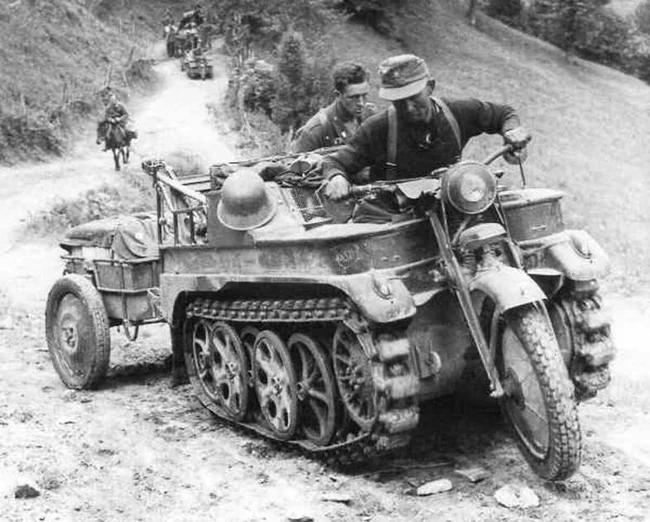
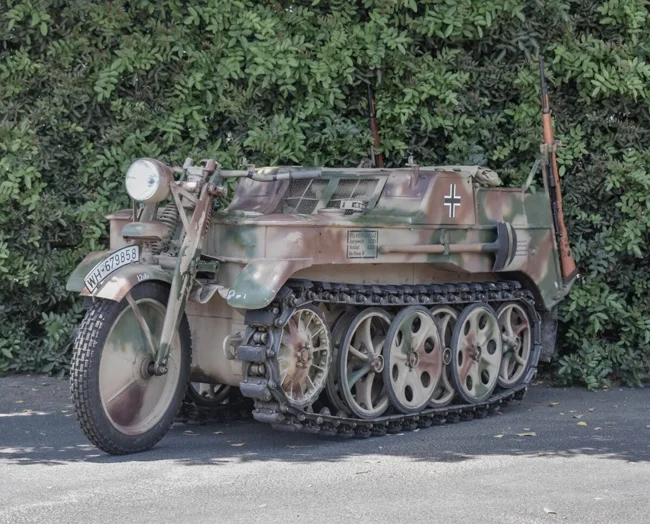
[thumb]https://cn22.nevsedoma.com.ua/p/28/2849/201_files/4a1cb095b4d fb2eb8d239e98a8466075.webp[/thumb]
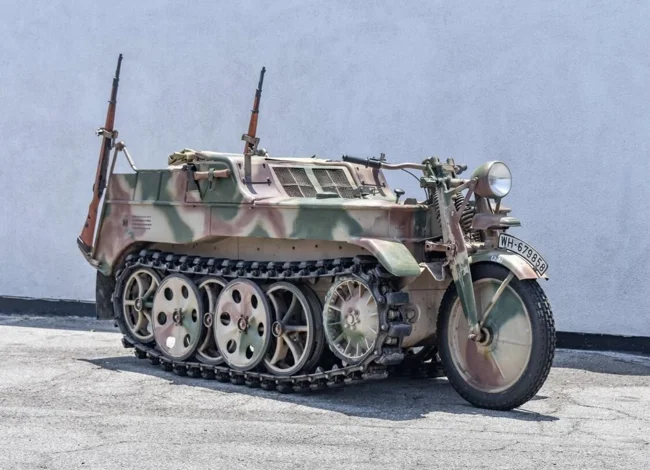
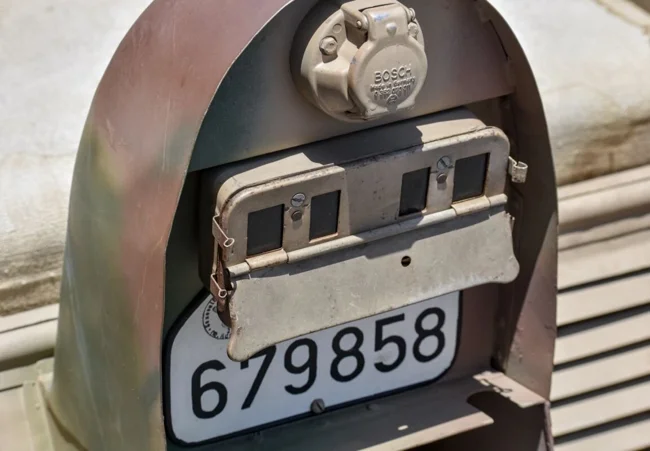
Over time, I understood the principle of its operation, but the opportunity to study the car in detail, to look, so to speak, under the hood fell out only recently.
First, a little history. The half-track motorcycle SdKfz 2, also known as Kettenkrad, also known as Kleines Kettenkraftrad SdKfz 2, also known as HK-101, was designed by the German inventor Heinrich Ernst Kniepkamp. The NSU company took on the task of implementing his idea in metal. Production began in June 1940, and a year later the tractorcycle entered service with the Wehrmacht.
The vehicle was initially conceived as a light transport for paratroopers, saboteurs and scouts, who worked mainly in mountainous areas.
It was designed specifically to fit in the cargo compartment of a Junkers Ju 52, but the battles on Crete forced the idea of landing these machines to be abandoned. Most of the landed Kettenkrads were damaged so much that they were not repairable.
Later, the Germans decided to use the all-terrain vehicle for motorized infantry and signalmen, towing light guns weighing up to 450 kilograms, and delivering cargo, as well as, this is a little-known fact, towing aircraft at airfields. It must be said that wherever landing was not required, this thing worked properly and proved itself from the best side.
So, let's move to the driver's seat. How to control this thing? At first glance, it is very simple, anyone who knew how to drive a car in those days easily coped with this task.
The motorcycle-type steering wheel controlled not only the front wheel, but also the brake clutches of the tracks. That is, along with turning the steering wheel, for example, to the left, you simultaneously engaged the brake clutches of the left track, due to which the turn was much more effective.
The engine here is from Opel, a 1.5-liter overhead valve, with a capacity of 36 horsepower. The clutch is dry, single-disc, the gearbox is mechanical three-speed. There is even a tachometer on the instrument panel, a novelty at that time even on cars, let alone motorcycles.
The Kettenkrad crew consisted of three people, a driver and two passengers in the back, if there were none, then for good cross-country ability, ballast was needed in the form of a couple of bags of sand.
In conclusion, one interesting fact from the memoirs of the American military. If the SdKfz 2 was thoroughly buried in loose, wet soil, then it was necessary to unscrew the front wheel and it moved quite confidently on the tracks alone. Rumor has it that the Americans adopted this life hack from the Germans, they did the same.
That's the kind of car it is!

